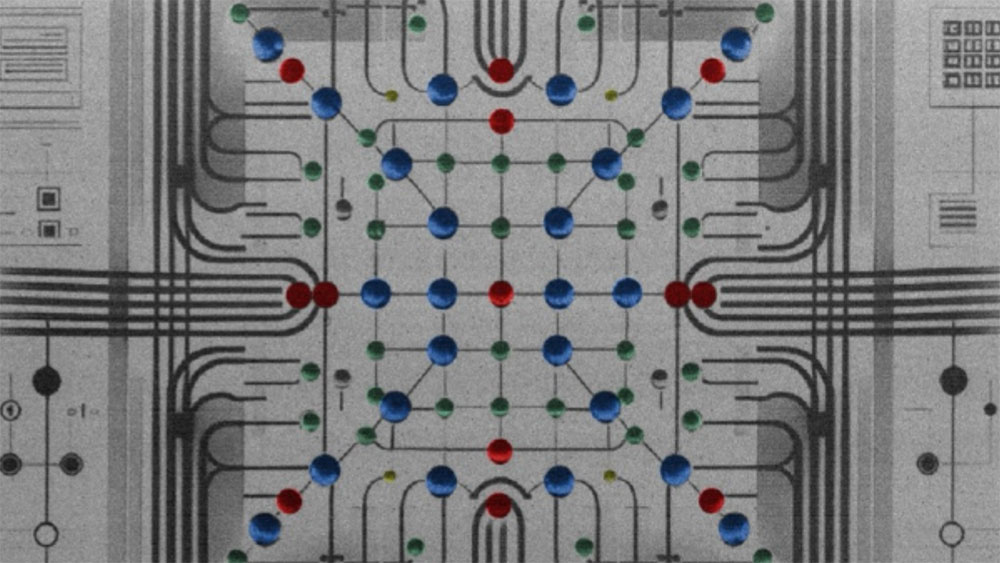Ant-Man and Superman Techniques Expose Tiny Hidden Impurities in Crystals
A breakthrough in atomic-scale X-ray imaging, detecting the presence of just a few hundred gallium atoms inside an otherwise pure silicon crystal, is being celebrated at the University of Surrey
May 9, 2024

Editor's note: The following press release was originally issued by the University of Surrey. Ajith Pattammattel, a beamline scientist at the at the National Synchrotron Light Source II (NSLS-II), a U.S. Department of Energy (DOE) Office of Science User Facility at DOE’s Brookhaven National Laboratory, and Yong Chu, program manager of the Imaging & Microscopy Program at NSLS-II, pushed the detection limits of the Hard X-ray Nanoprobe (HXN) beamline to be able detect just a few hundred gallium atoms inside a silicon crystal in this collaboration. This work has implications in quantum computing and microelectronics research. For more information on Brookhaven’s role in this research, contact Denise Yazak (dyazak@bnl.gov, 631-344-6371).
Spotting such tiny impurities could help build more efficient and powerful quantum computers.
Now, the team predicts that X-ray imaging will detect a single atom inside a solid sample within the next year or so.
In a regular chest X-ray, heavier and lighter elements show up differently. This allows us to see metal screws or bones. Density alters the contrast, which is how we can pick out air-filled lungs.
The Surrey scientists wondered how small a density the X-ray could detect.
They developed an experiment with colleagues at DESY (Germany), UCL, and Madison-Wisconsin to find out. They used the X-ray facilities at the National Synchotron Light Source II at Brookhaven National Laboratory (USA).
At Surrey’s Ion Beam Centre, they implanted just 350 zeptogrammes of gallium atoms in an otherwise pure silicon crystal. That’s about a million billion times less than the mass of an ant or about a billion times less than that of a single cell.
Remarkably, the X-rays were sensitive enough to find the tiny cluster of gallium atoms.
"It has long been possible to image single atoms on surfaces or in very thin membranes. Yet, our findings showed we can approach single-atom sensitivity when the impurities are hidden inside a thick sample. It’s like combining the capabilities of the Marvel characters Ant-Man and Superman to see through materials to the tiniest structures. This gives us a new tool for engineering the ultimate in nanotechnology devices, atom by atom." — Dr. Mateus Gallucci Masteghin, Research Fellow
"Far from being unwanted, crystal impurities are crucial for the function of all kinds of technology from lasers to computer chips. This level of detail in impurity detection is critical for advancing quantum computing and could lead to more efficient and powerful quantum devices. At the same time, trace element detection with this level of precision could lead to exciting new opportunities in chemistry, biology and medicine." — Professor Benedict Murdin, Professor of Physics, Head of the Photonics and Quantum Sciences Group
"To detect such a tiny impurity deep within a silicon crystal has many exciting possibilities. We’re excited to see how much further we can push the detection limit of X-ray microscopes. It’s possible that they will be able to detect a single atom using this technique within the near future. Dr Yong Chu, Manager for the Imaging and Microscopy Program at NSLS-II" — Dr. Yong Chu, Manager for the Imaging and Microscopy Program at NSLS-II
The study is published in the journal Small Methods.
2024-21879 | INT/EXT | Newsroom









